Here’s a new high school club to add to your college application: Ghost Hunters!
Type: Single-player
Genre: Strategy, RPG, Visual Novel
Developer: Arc System Works,
Toybox Inc.
Publisher: PCube Limited
Release Date: 17 Mar, 2017


Tokyo Twilight Ghost Hunters Daybreak Special Gigs makes me pause a bit as I sit down to write a review. For one thing, that is a serious mouthful for a title. Secondly, it is in such a niche category compared to other games in the market right now. There are no vast open landscapes, no live action battles with mecha-dinosaurs, no survival tactics building cabins and eating bugs, and no thrilling cinematic graphics like much of the competition. However, it does have a nice anime art style, a spooky vibe, and a rather interesting take on RPG combat that is well thought out and challenging. If you love anime and enjoy a good SRPG, then you’ve probably looked at this title once or twice. It’s definitely unlike all the other games I’ve played before and truthfully is quite unique.
The very first experience I had with this game was on PS Now about a month prior, streaming the PS3 version of the game, and I was familiar with the first episode. This new version with Daybreak Special Gigs has additional chapters, an improved combat system, and some extra character scenarios. It all sounded good to me, as it took some time to get used to the gameplay the first time around.
GAMEPLAY VIDEO
FIRST IMPRESSIONS WITH GAMEPLAY
Upon playing, I didn’t notice anything different within the first episode compared to the original PS3 version. Beyond that, the game was entirely new to me. You start out as a transfer high school student who accidentally gets involved with an occult magazine on his first day of school. From there on, you are introduced to several characters of the game who eventually battle it out with a ghost and then join the magazine as a ghost hunter. While your first teammates consist of a computer genius and an emotionally self-absorbed schoolgirl, you later meet up with a motley crew of other ghost hunters; a technology driven J-pop idol fan, an ultra-laidback car driver who is entirely preoccupied with gambling, and your new incredibly good looking boss. This magazine isn’t all about articles, though. It has another money-making motive – ghost hunting for profit. Essentially, you are a ghostbuster in the truest sense minus the proton pack and jumpsuit. Bill Murray would be proud, forget about crossing the streams. Here, you get to beat on ghosts with an iron pipe.
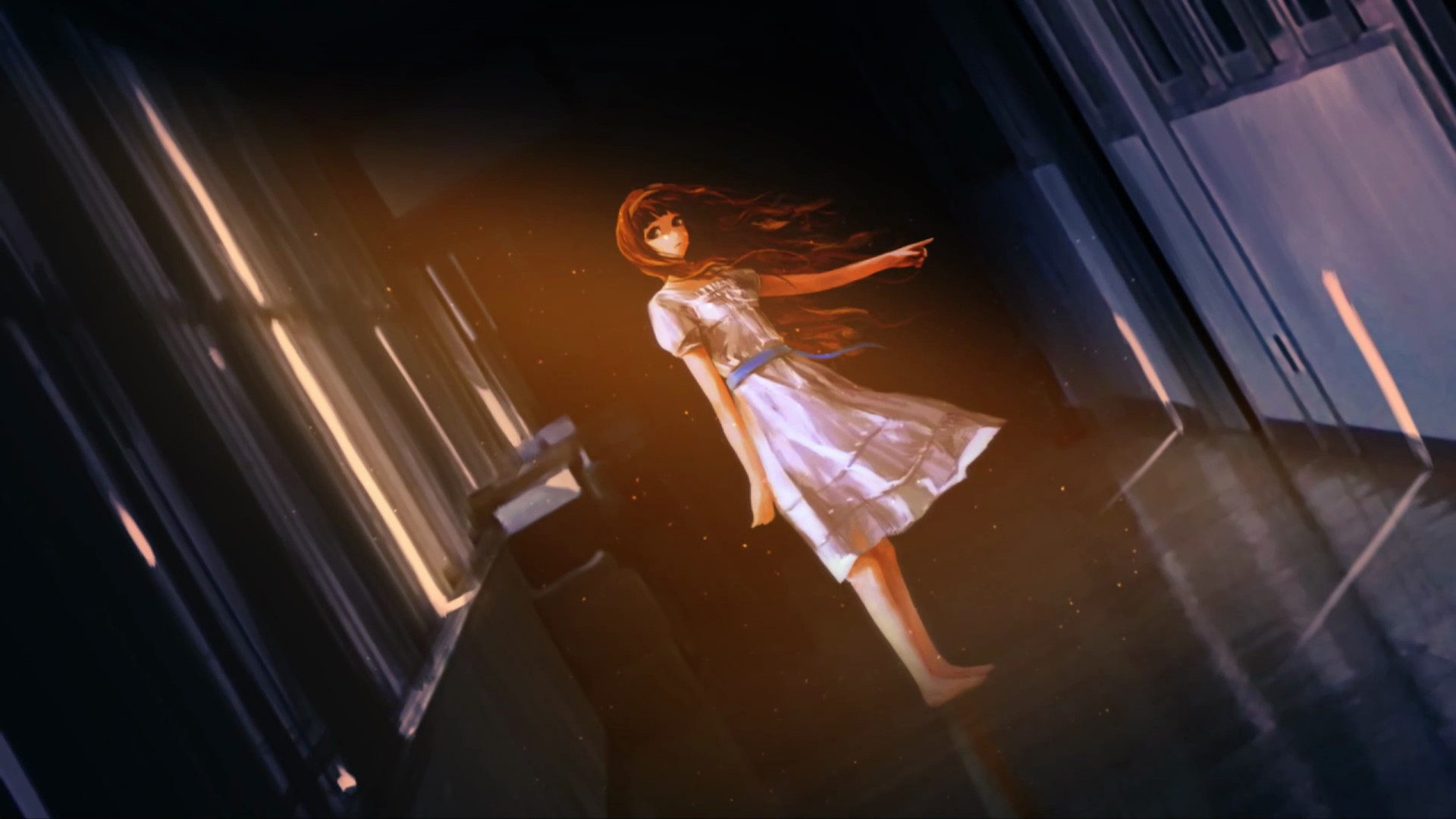
Now, the graphic novel unfolds much like an anime with some banter between characters and choices to make for dialogue replies. There is one dynamic here that is introduced early on and without any sort of explanation of how to use it. It’s an option-wheel that dictates a physical reaction to the events and people around you. To the best of my knowledge it works as follows:
- Select an emotional response from fight, love, friend, think, or cry.
- Select your physical reaction within the means of that emotion from your five senses of sight, hearing, touch, smell, or taste.
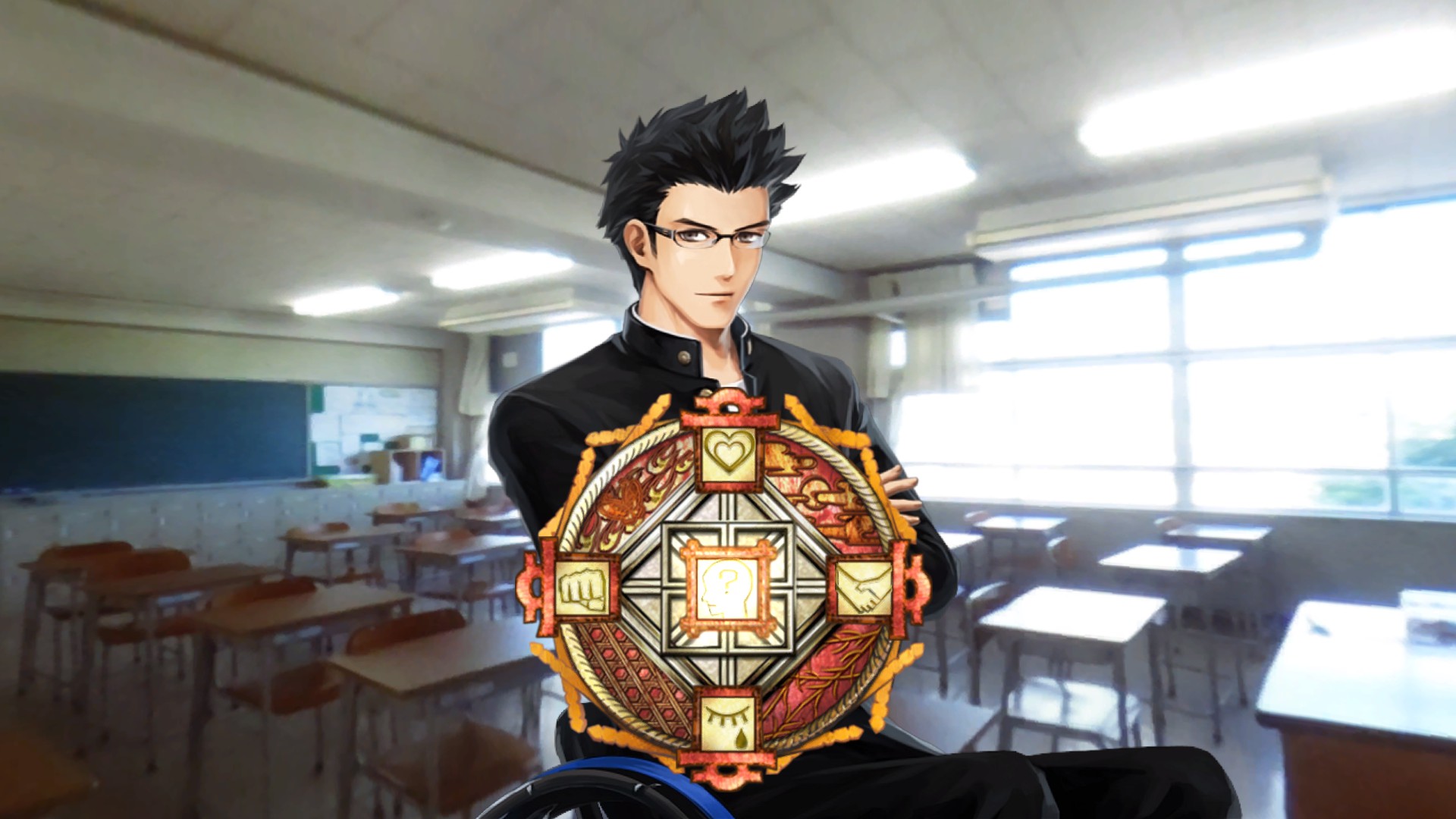
Overall, the results are varied and often unintended. Want to shake someone’s hand? Then click on the friendship and hand icon. Try love and hand on a woman, and you might end up in an inappropriate gesture. I didn’t really see any dire consequences of picking a wrong answer within the gameplay, so I just went at it carefree and licked people’s faces for the most part. While it would be nice to have known what this option wheel affects, I truthfully found it more entertaining to make the characters feel uneasy about me wanting to smell them profusely. This likely came back to haunt me for the ending, but so be it. I’m left wondering if I missed out on some Daybreak special episodes.
Next, was initially a surprise to me the very first time I played – strategic RPG turn based combat. If you were expecting a visual novel with some moderate RPG action, then think again. Here, the combat is a major part of the game rather than an afterthought. You start out on a grid that represents the room you are in and have limited movements depending on your attack points. It looks a bit like a board game, but it serves the action well. Now, you have the usual turn based RPG stats like XP, AP, and the like but there is a major difference here. No matter how much you strategize, the enemy itself is not visible until the moment you make a move. The ghosts are phantoms in every sense of the word. You will not know where they are nor where they are going. Planning out an attack always comes with a bit of luck involved, so you may or may not be attacking at all. Most of the battles start out with you in a room without any ghosts in sight. You play the room a bit to search out and *if* you find a ghost, then you can use a sensor to estimate the path that ghost will move to next so you can attack. Cover the area with character attacks in every possible combination and you just might get a hit, but often the ghost slips through the attack and leaves you open for a counterattack. It’s a fine balance between frustrating and exhilarating. Now, I’ve seen some reviewers complain that it’s entirely luck based without any real way to win. I don’t agree. Yes, it’s luck based much like playing a board game of Battleship, but you can use estimation strategies and traps to seriously even up the odds. Keep in mind, this will take practice and patience, so if having to rely on luck sounds like a rage inducing frustration-fest I’d recommend to look elsewhere. Embrace the ephemeral causality of it all, and it’s a really addictive way to play an RPG.
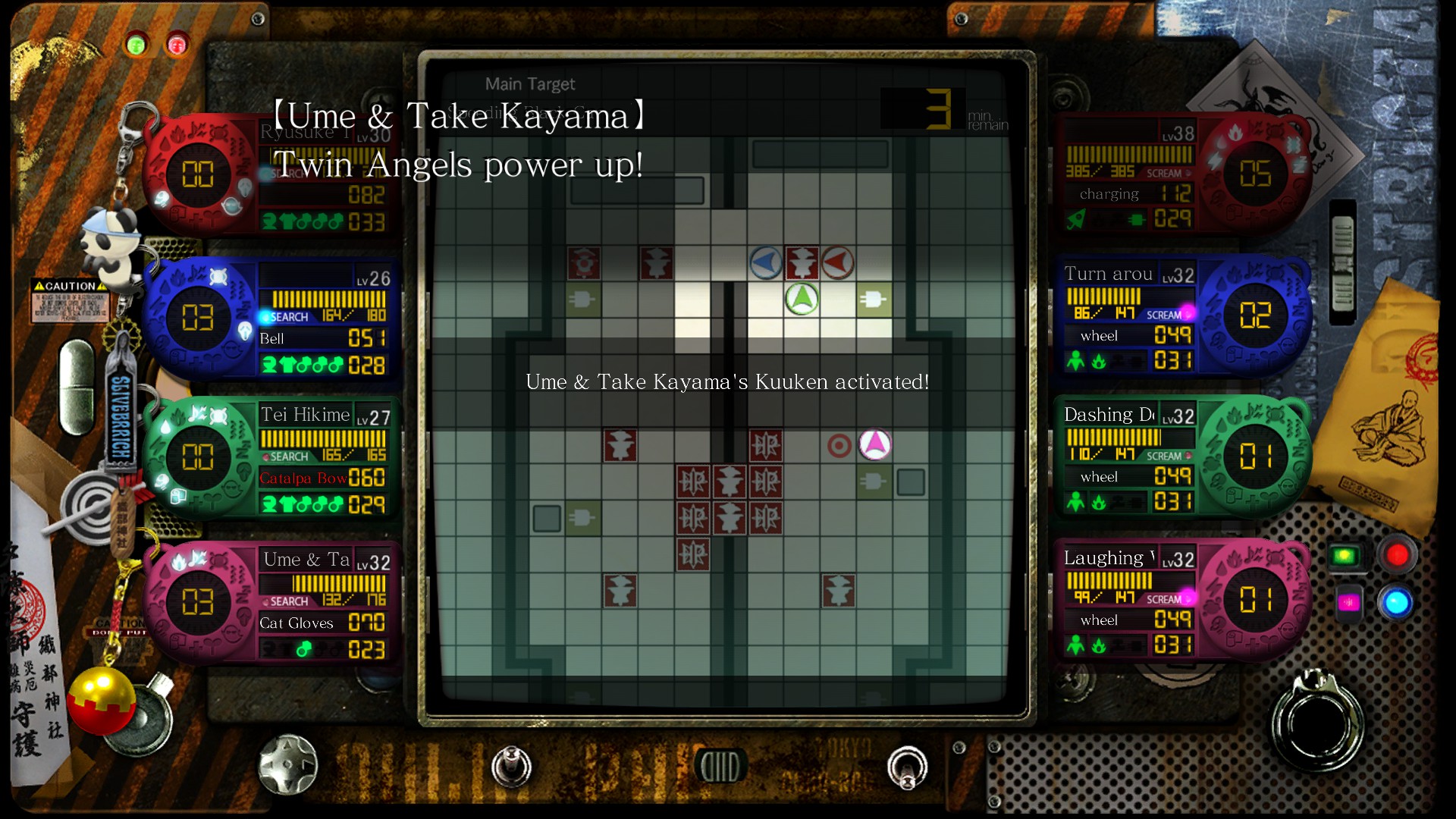
STORY
Beyond the first chapter introduction, the storyline follows the trials of these high school ghost hunters as they traipse along banishing ghosts left and right from what seems like every corner of Tokyo. Now the storyline is episodic, but there isn’t the usual “previously on” situation where an episode follows up from the action that was taking place beforehand. Instead, you get short stories where the group investigates a situation, determines what type of ghost is getting its spooky mojo working, and then takes action to defeat it; rinse, dry, and repeat. While there are a few story sidesteps along the way, the majority of the game is written this way followed by a bit of philosophic reflection at the end of each episode. Once the episode is over, it’s time to roll credits and get ready for the next installment.
Character stories are usually brief with a hint of innuendo between members, but you don’t really get much character-to-character insight. While you may gain some idea of how much someone really enjoys something such as J-Pop music and gives their heart and soul to its maniacal fandom, what you won’t see are how characters make each other feel. There is little to no dramatic dialogue to get a sense of personal closeness between people. The story mostly focuses on the camaraderie and drama inspired by events surrounding them. The fact that the central character played by yourself has limited dialogue goes hand in hand with the way the story omits deeply personal thoughts and shared emotions. While this is fine and quite suitable for a game of this type, I always felt like I didn’t quite have the attachment to these characters as I could have. Action and buddy-banter tend to take center stage with the storyline. All of this was vastly affected by the Daybreak episodes which I feel really pull together the missing connection between the gamer and the story. The Yuki one was my favorite, and I really hope you get to play that storyline. It’s substantially well written and probably the most touching part of the game for me.
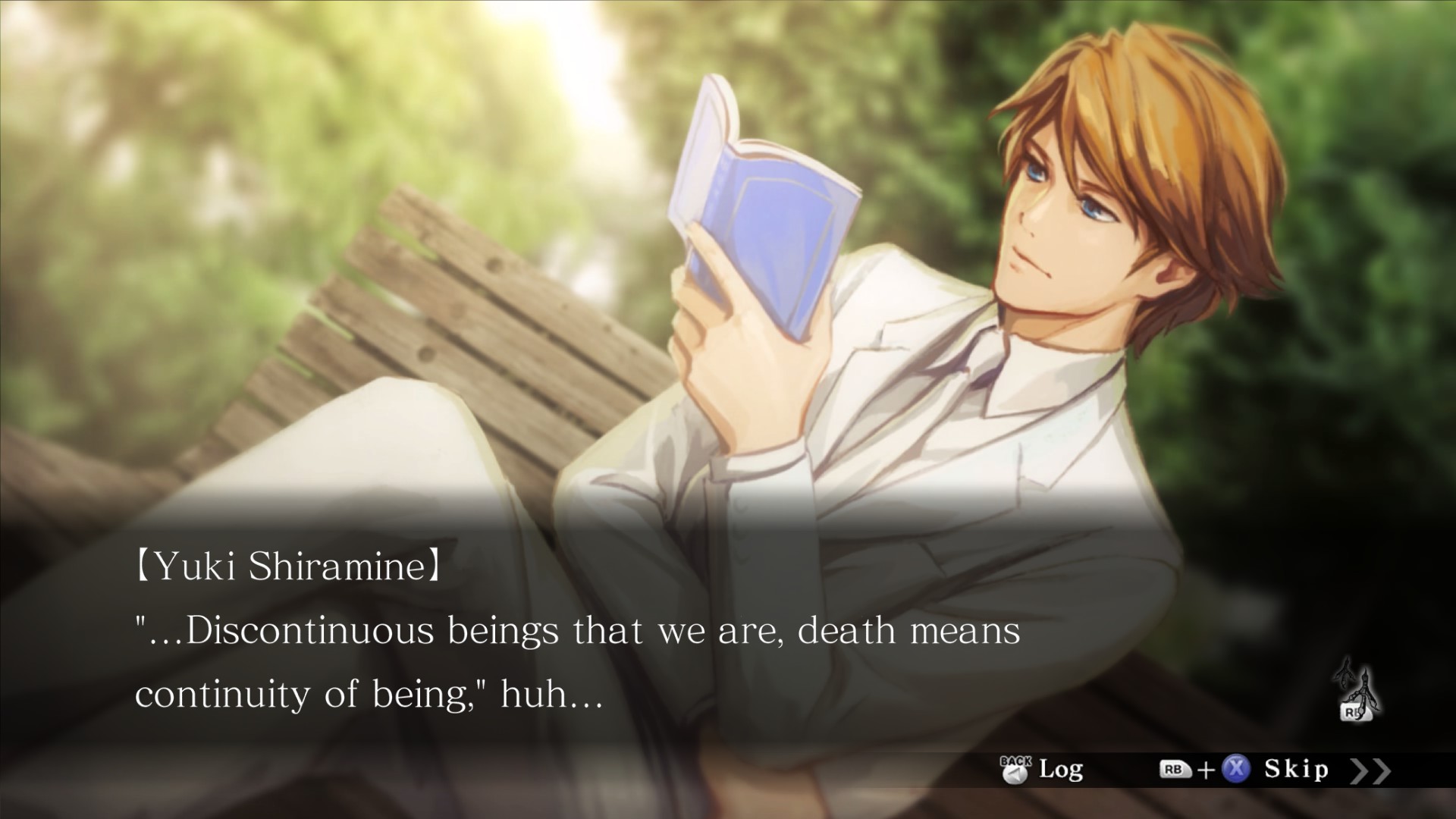
QUESTS AND GAMEPLAY
About halfway through the game, you come across a boss that requires you to level up quite a bit if you haven’t been grinding much beforehand. Thankfully, there are a variety of ways to do this with an in-game message board for taking on side-quests, assigning ability-enhancing items, a whiteboard where you learn other abilities from other members, and a vendor where you can buy items you may not have already found.
The message board is probably the best place to get those abilities improved. Head on over, use the shush-shush method of viewing the ghost requests, and take on whatever side-quest you think you can muster. Quests are ranked by both difficulty and duration. You can add up to three of them at a time and they will be saved to your quest list under “Standard” quests rather than the “Priority” story-driven quests. Be careful not to tackle a ghost you cannot handle, as you can’t remove the ghost from the quest list once it’s added. Take some of your group members with you, so that they can also level up as well.
Once you select a ghost to battle, next comes a blueprint layout of the room. Don’t skip over this!! It’s extremely important in boss battles to place traps in strategic places. Not using them can mean the difference between beating it in one or two attempts, or hours of missing the mark. Look at the items carefully and do not assume the ones already there will work for you. In some cases, I found it best to remove all the traps and lay them manually myself. Most of the time, though, I just added a few in places that will work the best.
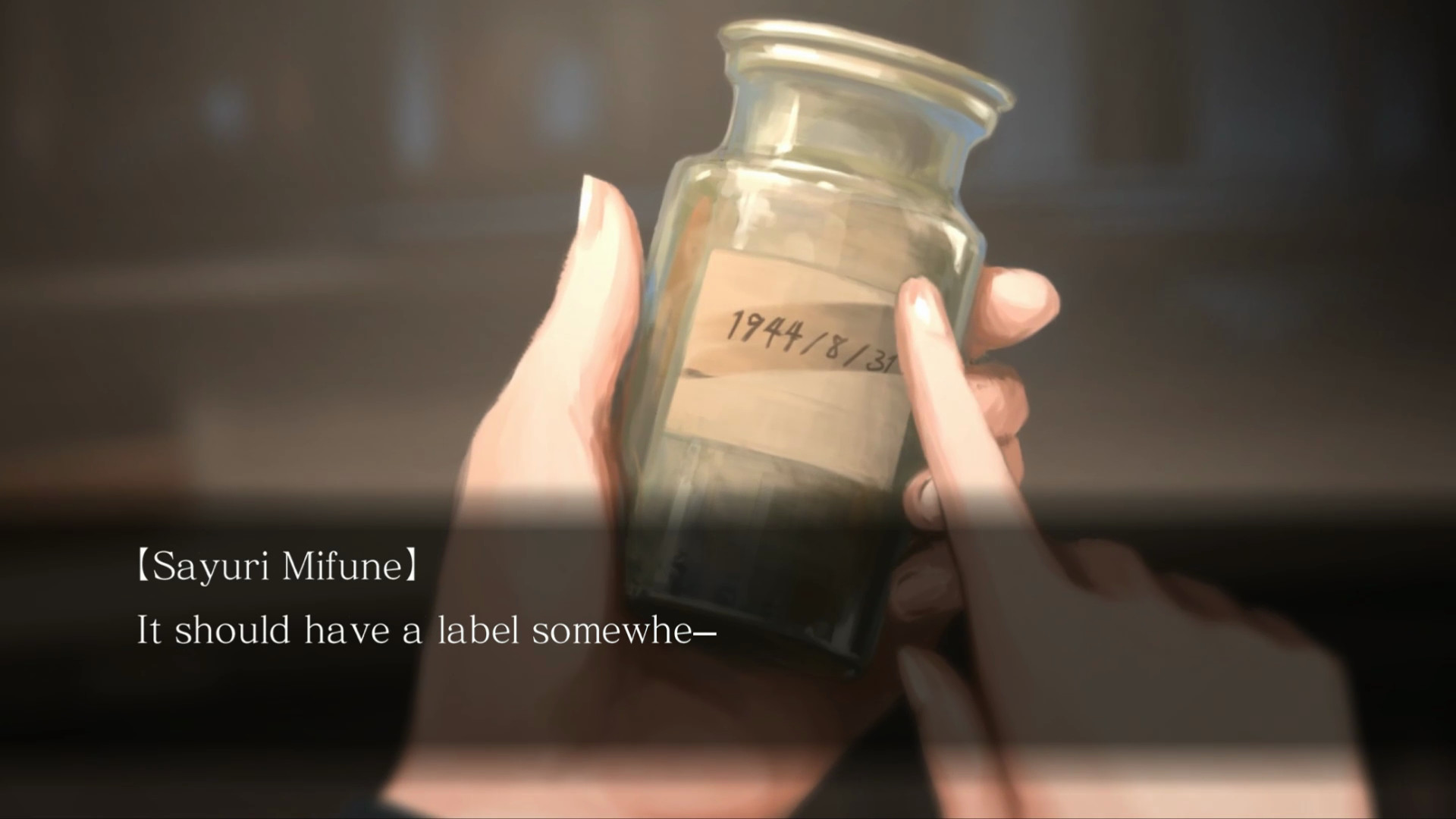
When you battle a ghost, you will not be able to see them. You can move and attack or just move around until one of your group bumps into them. If you don’t have one already, make sure you have an EMF detector in your inventory because they can run away even if you see them at the moment. This is the part of the game that can frustrate traditional RPG players. The target is elusive, even when you see where they are. It is up to you to come up with a plan to attack based on where the ghost might be and how to block it off. Keep an eye out for other ghosts that can attack and use those traps to your advantage. A lot of bosses and ghosts will use the Paralysis attack and freeze you for several turns. You need to have inventory items to heal yourself or find shelter behind a trap.
If you get stuck and cannot defeat a boss, my advice is to quit the quest before you lose and level up. You can just speed through the dialogue rather than go through it again for the boss battle. Go back to the menu and try out the store, the shopkeeper is positively ecstatic about selling you goods and buying them. Additionally, there is a lucky draw for buying a lot of items. These give you back new items and some charms that can you can set in the driver’s seat of the car. They won’t make or break a battle, but they certainly help to bolster the members.
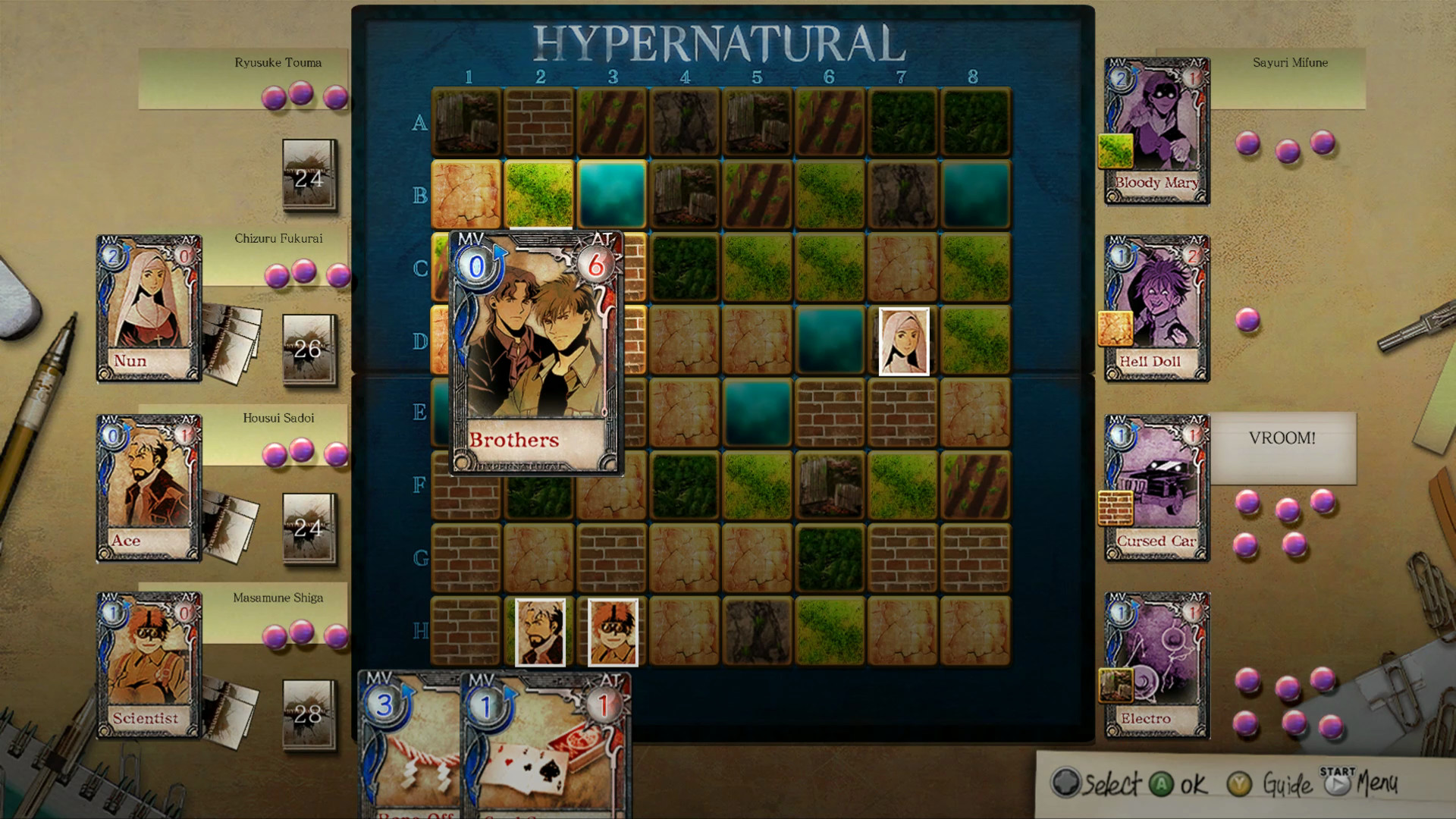
GRAPHICS
As with many visual novels, your characters have limited animations. These are repeated throughout the game with little to no change other than the dialogue. That isn’t to say they look bad, though. Each character has a soft-edged, a hand-drawn look giving each animation a feeling of natural movement. The repetition does leave a desire to see something different, but it falls in line with that visual novel sense of presentation. The art style for these animations lends to a comfortable painting or hand-drawn art poster. It’s pleasant and emotional reactions are displayed well, accentuating the gameplay and storyline.
What I was surprised about were the backgrounds. Often, they would be stretched to fit and slightly pixelated. It was almost as if someone used an image from 1999 at low resolution and just threw it back there with a Photoshop filter. It takes away from the graphic appearance of the characters and frankly is a minor disappointment. The blurry pixelated background makes the game feel a bit lower end for reason at all. Also, there are no graphics options. I believe the game is running at 720P/30 FPS, since that is what I all I was able to achieve in my recording, despite my settings at 1080P/60 FPS. While not a dealbreaker in a game of this sort, if you have a large high-resolution monitor you may get some blurriness in your gameplay.
SOUND
Music is a double-edged sword here. While performed quite well and rather nicely, over time it gets to be too much for my ears to bear. While I like hard rock, listening to it non-stop over and over while I was battling a ghost just got on my nerves after a few episodes. You can turn the volume down via the car stereo, but often it would just crank back up during the game. Essentially, I would turn off the entire volume once it got to me. The crunch of the guitar and loud drums is great and all, but I can’t listen to it repeatedly while I concentrate on the strategy of the game. If it was a hack and slash or battle system of some sort, then it would be fine, but here it just gets grating and hard to play with while I am desperately trying to figure out how to attack with only a few turns left in the battle.
Sound effects are well done, never overwhelming the game and placed in all the right places. I just wish there was more dynamic with the soundtrack itself because I need something a little more subdued than loud guitars when trying to determine the best method of attack.
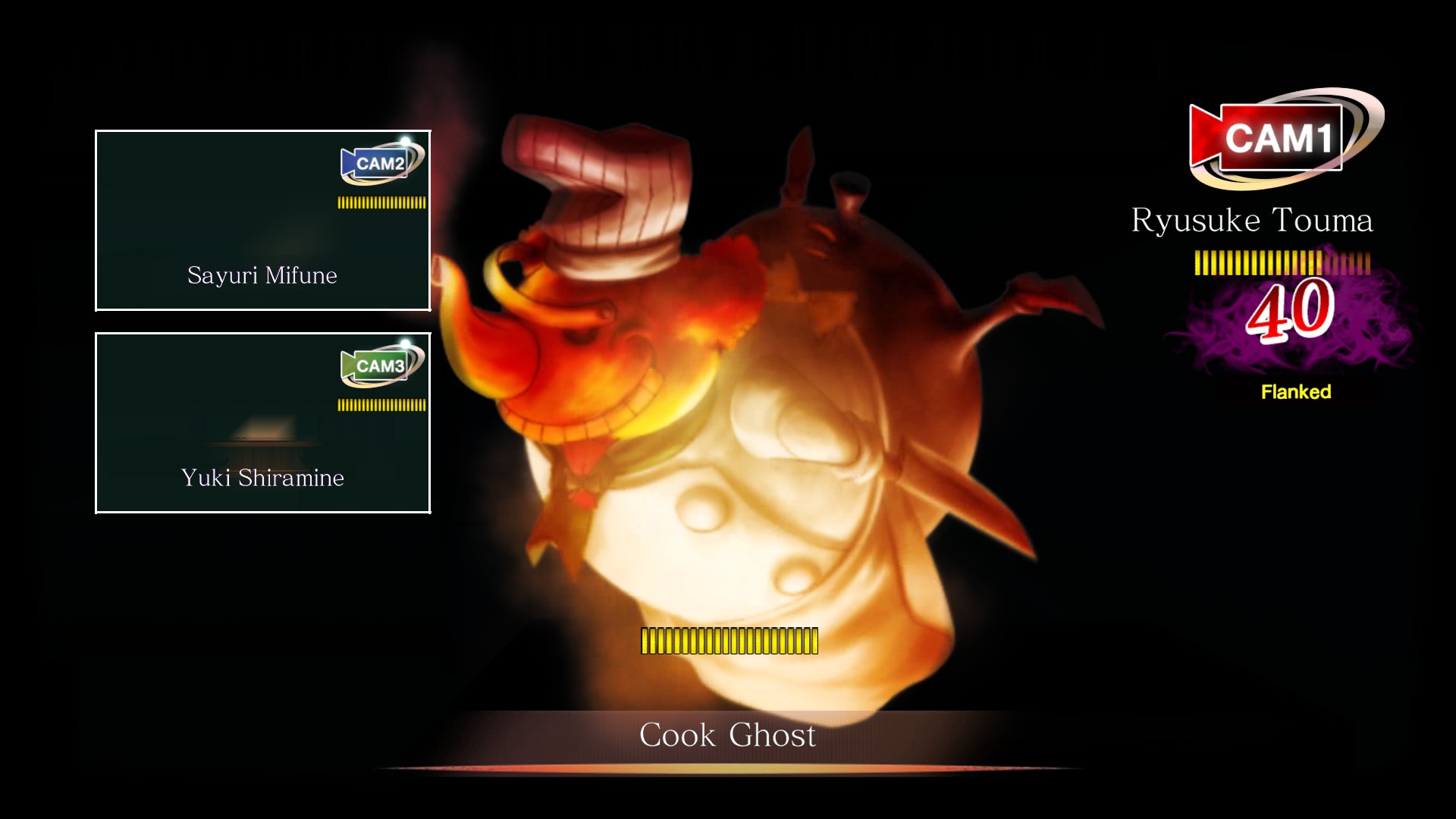
FINAL THOUGHTS
In a nutshell, Tokyo Twilight Ghost Hunters Daybreak Special Gigs is a cleverly devised RPG wrapped in an anime style visual novel. Don’t go in expecting an easy-to-play visual novel game, or you will be sorely surprised. The RPG portion of the game is robust and has a myriad of ways to level up for boss battles. The difficult part will be knowing if you are ready to grind. There is a large amount of grinding here to be done and if you are not up for that, then you may not want to get into this game. After the halfway mark, each boss battle needs you to level up five times at a minimum just to have a chance at winning.
To be frank, I wasn’t sure how much I was liking the grind-fest until I got about two-thirds of the way through the game. At that point, I realized what a fun challenge this is and I seriously could not stop playing the RPG combat. Yes, it takes a few hours just to prep for a boss. That may or may not be your favorite way to play, but those battles were really fun if you enjoy RPG turn-based combat along with the way the enemy hardly stands still. The battles are elusive and react to each change you make strategically. If you are fatigued from the usual turn-based game and want to try something just plain different, well here you go. Just don’t say I didn’t warn you that it’s grindy and somewhat luck based when you attack.
Here comes the part where I recommend the game or not. This will entirely depend on the type of gamer you are. Do you get easily frustrated? Are you turned off by reading lots of text and planning attacks that might completely miss once the enemy moves? Do you hate grinding for hours to level up? Then, I say you should probably not play this game at all.
If you enjoy anime, seriously enjoy board game style RPG gameplay, have no issues grinding away to level up, and would love to try something different from straightforward RPG turn based battles – try this game! You will enjoy it for the Japanese anime style. You will probably yell out that you hate this gameplay at first but eventually start to like it. You will definitely curse while something unforeseen happens during a boss fight and forces you to quit and level up again. It’s not a perfect game, but it is so very different from what is out there that it finds that niche and fits in snuggly. While I totally feel this is not for the average gamer, I think for those that are willing to put in the time the game can be something very much worthwhile and satisfying to finish.










